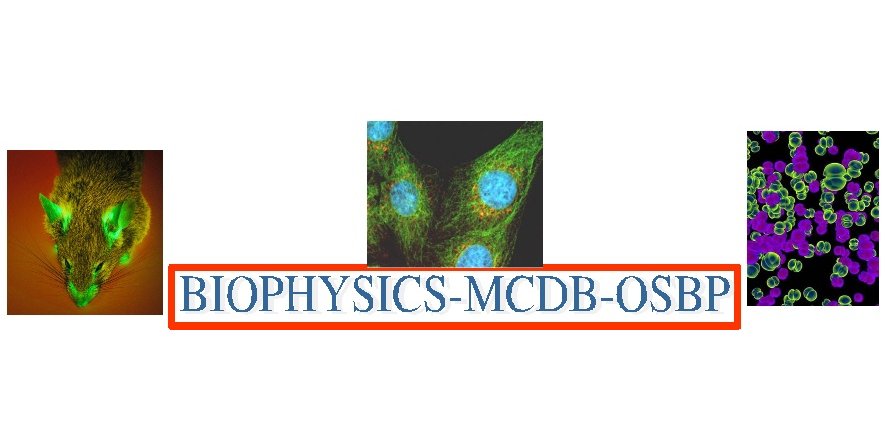Interdisciplinary Graduate Programs Symposium

2010 OSU Molecular Life Sciences
Interdisciplinary Graduate Programs Symposium

Poster abstracts
Abstract:
Present docking methodologies simulate only one single ligand at a time during docking process. In reality,
the molecular recognition process always involves multiple molecular species. Typical protein–ligand interactions are,
for example, substrate and cofactor in catalytic cycle; metal ion coordination together with ligand(s); and ligand binding
with water molecules. To simulate the real molecular binding processes, we propose a novel multiple ligand simultaneous
docking (MLSD) strategy, which can deal with all the above processes, vastly improving docking sampling and
binding free energy scoring. The work also compares two search strategies: Lamarckian genetic algorithm and particle
swarm optimization, which have respective advantages depending on the specific systems. The methodology proves robust
through systematic testing against several diverse model systems: E. coli purine nucleoside phosphorylase (PNP)
complex with two substrates, SHP2NSH2 complex with two peptides and Bcl-xL complex with ABT-737 fragments. In
all cases, the final correct docking poses and relative binding free energies were obtained. In PNP case, the simulations
also capture the binding intermediates and reveal the binding dynamics during the recognition processes, which are consistent
with the proposed enzymatic mechanism. In the other two cases, conventional single-ligand docking fails due to
energetic and dynamic coupling among ligands, whereas MLSD results in the correct binding modes. These three cases
also represent potential applications in the areas of exploring enzymatic mechanism, interpreting noisy X-ray crystallographic
maps, and aiding fragment-based drug design, respectively. Click MLSD movie clip.
References:
1. Everts, S. Chem Eng News 2008, 86, 15.
2. Hajduk, P.; Greer, J. Nat Rev Drug Discov 2007, 6, 211.
4. Morris, G. M.; Goodsell, D. S.; Halliday, R. S.; Huey, R.; Hart, W.
E.; Belew, R. K.; Olson, A. J. J Comput Chem 1998, 19, 1639.
5. Huey, R.; Morris, G. M.; Olson, A. J.; Goodsell, D. S. J Comput
Chem 2007, 28, 1145.
6. Kennedy, J.; Eberhart, R. In Proceedings of the IEEE International Conference on Neural Networks,
Piscataway, NJ, 1995; pp. 1942–1948.
7. Namasivayam, V.; Gunther, R. Chem Biol Drug Des 2007, 70, 475.
8. Eberhart, R. C.; Shi, Y. In Proceedings of the 2000 IEEE Congress
on Evolutionary Computation, San Diego, CA, 2000; pp.84–88.
9. Sanner, M. F. J Mol Graphics Mod 1999, 17, 57.
10. Oltersdorf, T. et al. Nature, 2005, 435, 7042.
11. Lee, E. F.; Czabotar, P. E.; Smith, B. J.; Deshayes, K.; Zobel, K.;
Colman, P. M.; Fairlie, W. D. Cell Death Differ 2007, 14, 1711.
Keywords: multiple ligand simultaneous docking, fragment-based drug design, particle swarm optimization